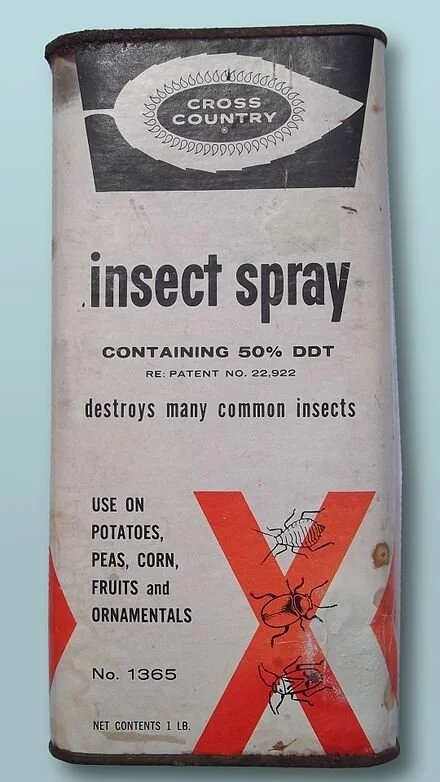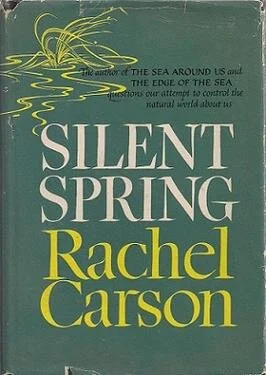Cover of the first edition of Silent Spring
From Robert Whitcomb’s “Digital Diary,’’ in GoLocal24.com
I read Rachel Carson’s book Silent Spring on our back porch in the summer of 1962 as it was first published, in The New Yorker magazine. I already liked her stuff, especially The Sea Around Us and The Edge of the Sea (but then, my family lived on Massachusetts Bay).
Silent Spring told of the devastating effects of pesticide use, and especially of DDT, on ecology. The book’s title comes from the fact that the stuff was killing songbirds and other creatures in vast numbers. Despite pushback from chemical companies, the U.S. banned DDT in 1972, for which we can thank Rachel Carson.
We were so blithe about pesticide use back then. I remember small planes swooping down to spray fields, golf courses, woods, marshes and even suburban subdivisions. (For that matter, people were still pretty relaxed about cigarettes, despite the mounting evidence of their lethal effects.)
We’re still too blithe about herbicide use – e.g., Roundup – which causes short-and-long-term damage to the environment. There’s been no book out yet about their use and misuse with the impact of Silent Spring. Anyway, thanks to Ms. Carson, at least we aren’t being drizzled with poisons from planes flying a couple of hundred feet over the ground on nice summer days. I remember adults warning “Don’t look up!’’
Too bad that so many people hate weeds. Some are beautiful and most of what we eat is in effect cultivated weeds.
An airplane spraying DDT over Baker County, Ore., as part of a spruce budworm control project in 1955













